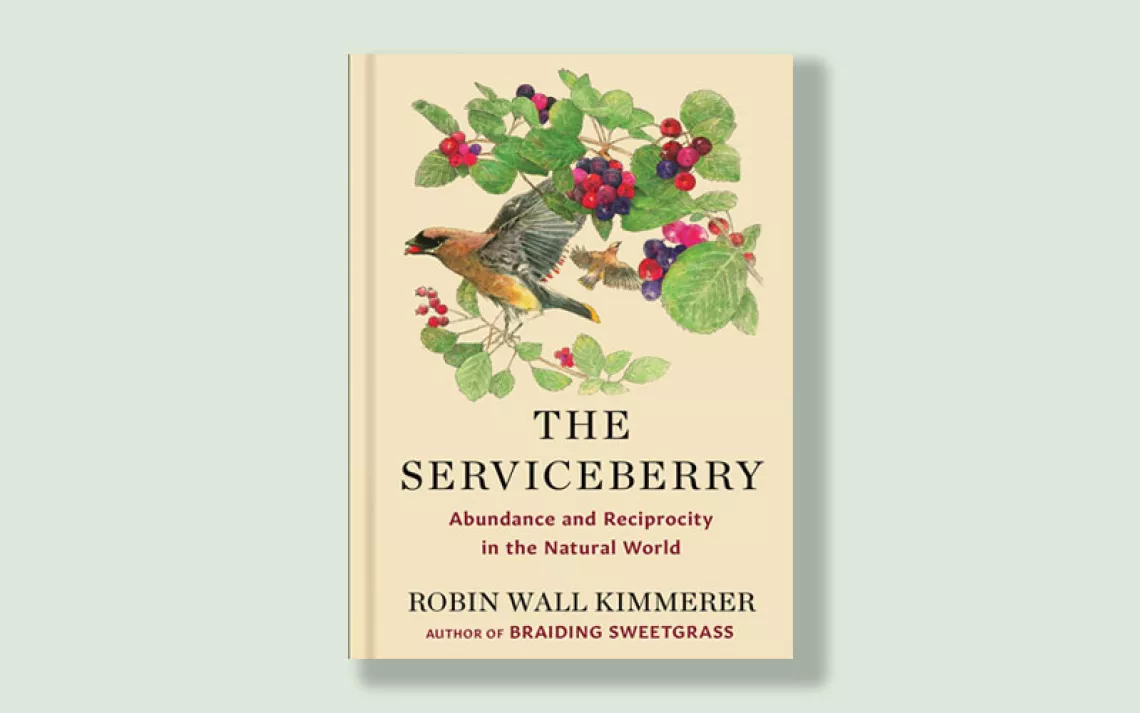Kim Stanley Robinson’s Got Ideas to Stave Off Extinction
Inside his new novel, “The Ministry for the Future”

Photos courtesy of Orbit Books
Acclaimed science fiction writer Kim Stanley Robinson terraformed the Red Planet in his award-winning Mars trilogy and navigated a sunken Big Apple in New York 2104. With The Ministry for the Future—out today from Orbit Books—he breaks the near future into small pieces and reassembles them into a literary collage that maps human survival through the early 21st century.
The novel starts with countries from around the world, including the US, attempting to operate according to the goals of the Paris Agreement. Anemic progress has led to the creation of a new agency, the Ministry for the Future, established in 2025 to "advocate for the world's future generations and to protect all living creatures, present and future."
It opens in India, where a heat wave kills an estimated 20 million individuals in two weeks. American aid worker Frank May endures the sustained combination of extreme temperatures and high humidity that renders humans unable to shed heat without help from air conditioning. While thousands around him perish, Frank survives, but his peace of mind is shattered by PTSD.
“It struck me as the most likely terrible thing to happen first, having to do with [global heating],” Robinson (pictured above) told Sierra in a telephone interview. "Even the US Gulf Coast and Chicago are subject to this combination of heat and humidity. I’m actually quite terrified that it’s going to happen."
That sense of unease permeates the beginning of The Ministry for the Future. Led by ex–Irish Republic official Mary Murphy, the ministry’s staff includes experts in a wide variety of fields—from economics and reinsurance to glaciology and oceanography, to AI and geoengineering. With a small budget, the ministry struggles to find effective interventions to prevent a replay of the disaster in India.
The novel examines the repercussions of the heat wave and other climate events in short chapters told from various perspectives, in a variety of forms, and not always with narrative drive as the first consideration.
First-person eyewitness accounts of momentous events bump up against riddles, followed by lists of animals facing extinction, leading into unattributed transcripts of a broadcast interview. The settings range from Antarctica to Zurich to San Francisco, and are peppered with meditations on global economics and plans to slow down glacial melting.
Robinson says, "The melange of forms was, for sure, part of the effect of how I thought I could make this book work as a novel that has a global reach, an attempt to take on everything at once, while still having the ministry story in Zurich."
It's a lot of complicated material to digest, but Robinson has the skill to weave it all together into a satisfying piece of utopian science fiction.
Robinson excels when describing huge feats of engineering, knowing when to offer straightforward exposition and when to allow the characters to dramatize points through direct and implied conflict. He describes The Ministry for the Future as a "solutions-oriented novel," and he puts forward two especially ingenious projects—both grounded in real-life hypotheses—that might help save the world.
The first is an attempt to slow sea level rise by drilling into glaciers, pumping out the water beneath them and having it re-freeze elsewhere to slow the glacier down. Robinson has made two forays to Antarctica and says he’s talked with a glaciologist about the notion. "You can definitely drill through ice. You can definitely pump the water out from underneath,” Robinson says. “Whether that would slow the glaciers down at all would depend on the bedrock configuration, and it would be an experiment."
Perhaps even more transformative is an idea to develop a new global financial instrument designed to incentivize carbon reduction and sequestration projects: "carbon coin." Because the effort is considered effective only if backed by power players in global finance, ministry head Mary Murphy spends a lot of time traveling to the world banks and the Federal Reserve, trying to convince titans of finance to support the carbon coin for the good of the planet. She is assisted by chief of staff Badim Bahadur and legal specialist Tatiana Voznesenskaya, both of whom may have agendas of their own.
Robinson took inspiration for carbon coin from a paper by geo-hydrologist Delton Chen.
"It’s a little crazy because [the paper] mixes physics and economics in a way that neither side [seems to] like. But it has had an impact. There are other people and various think tanks who are beginning to contemplate this idea, that we pay to sequester carbon. It strikes me as a necessary development."

Sign up to receive Sierra News & Views
Get articles like this one sent directly to your inbox weekly.
With this action you affirm you want to receive Sierra Club communications and may vote on policy designated by the Sierra Club Board.
The Ministry for the Future finds Robinson quickly hitting his groove, using a variety of voices to lend verisimilitude to the scenes he conjures. Earnest or angry, he also has a wry sense of humor that's especially welcome when he's writing at length about politics and global economics.
"For me, it was almost like channeling voices. We’ve got a refugee problem, we’ve got a climate problem, we’ve got a capitalist problem and a finance problem, and they all combine to an ungodly, wicked problem."
The Ministry for the Future does develop a relationship between Frank May and Mary Murphy. Frank turns up in Zurich and attempts to kidnap Mary, to convince her that the Ministry isn't doing enough to end climate change. After Frank kills someone, Mary visits him in prison, and they strike up an odd friendship. Threaded through their dialogue is the question of whether the planet should be saved through any means necessary.
The debate is more than theoretical. Terrorists known as the Children of Kali target and kill some of the world's biggest polluters and coordinate attacks on airlines and private jets. The ministry publicly abhors such acts, but might they be secretly condoned by the organization's "black wing"?
Robinson eschews apocalypses, refusing to indulge in the nihilism that afflicts so many dystopian novels. Even at worst, Robinson has hope for humanity. Asked whether his fiction is optimistic, he prefers "positive or hopeful, like things can be done, that good things might happen even given where we are."
More important is the way Robinson portrays individuals from all walks of life and treats them with empathy. He is careful to give the members of the cast a multidimensional sense of reality.
Toward the end of Ministry, two characters discuss "a success made of failures," which one of them describes as "a cobbling together from less-than-satisfactory parts. A slurry, a bricolage. An unholy mess." Some critics might point to Robinson's book itself as an example of the form, but that judgment would be too harsh. The Ministry for the Future ranks among Robinson's best recent works, a collection of actions and observations that add up to more than the sum of its eclectic and urgent parts.
VIRTUALLY ATTEND AN EVENT FEATURING KIM STANLEY ROBINSON AND THE MINISTRY FOR THE FUTURE
—A Climate Change Q&A with Kim Stanley Robinson & Michael E. Mann
Wednesday, Oct 7, 6 p.m. (ET)/3 p.m. (PT)
—Science and Fiction: Envisioning Climate Action
Kim Stanley Robinson reads and discusses his new novel with Naomi Klein, Cymie Payne, Jorge Marcone and Robert Kopp
Thursday, Oct 8, 6 p.m. - 8 p.m. (ET)/3 p.m. - 5 p.m. (PT)
 The Magazine of The Sierra Club
The Magazine of The Sierra Club



